As I continued to ruminate on my experiences in the “The ‘Eco-Favela’” and watch the World Cup, I traveled from Brazil back to my hometown of Kalamazoo, Michigan and then on to Europe, stopping to visit friends in Paris before I present at a conference in London.
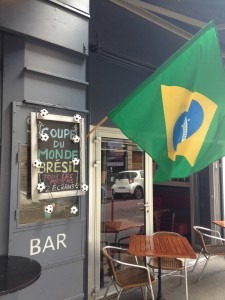
Thinking I’d left Brazil behind, I was somewhat amazed when I noticed the way the World Cup was advertised in Paris: rather than a FIFA logo or soccer ball hanging from restaurant and bar windows to draw in soccer fans, there were Brazilian flags. In Paris they seemed to be selling Brazil and soccer as synonyms. A makeshift shanty town was set up on the Seine river showcasing Brazilian “football, music, food, fashion and culture” where beneath straw covered shacks you could buy caipirinhas, watch a game or take a picture with a plastic parrot. The result is a combination of these representations of Brazil that I’ll call blissful “chic” poverty. I was even more taken aback when I left my friend’s apartment near the Republique metro station to find myself in front of a nightclub called Favela Chic.
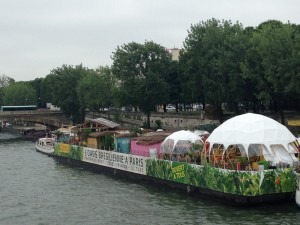
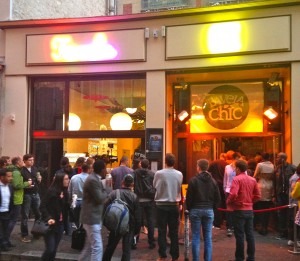
I had heard of Favela Chic in a fascinating book, Touring Poverty, by Bianca Freire-Medeiros, about the marketing of the favela and favela tourism, yet it was jarring to have it right in front of me after leaving Rio. Favela Chic has three locations (London, Miami and Paris) and they are highly popular night clubs that serve Brazilian food and drink (feijoada, cachaça, pão de queijo, etc.), decorated with picnic tables, palm trees, recyclables, bright colors and umbrellas hanging from the ceiling. Far from highlighting the poverty of the favela, Favela Chic exploits the colors, sounds and sites of Rio for the client who can spend a mere 9 euros on a caipirinha.
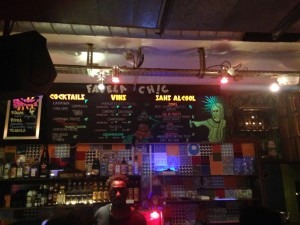
In her book, Medeiros interviews one of the business owners who explains his reasoning behind the name and theme of Favela Chic: “All of our work is about showing that the favela is valuable, that the dignity we preach does indeed exist. It’s not shameful anymore to speak of the favela, favela is luxury, favela is chic!” (Medeiros 71). While indeed, recognizing the virtues of the favela is a positive and needed thing, the marketing of blissful poverty is rather unsettling. Is there dignity really “being preached” for those living in the favela when foreigners go to party in a colorful club that plays Brazilian music?
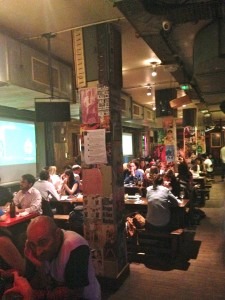
While the Favela Chic came into existence long before the World Cup was in Brazil, I keep trying to imagine if the World Cup were held in Detroit and abandoned industrial buildings became the international symbol or pop-up space where people around the world watched. Tourism of poverty is nothing new (and does exist in Detroit, or New Orleans for that matter) but it’s odd to me that the favela has become such a particular point of representation that is continually romanticized and reappropriated, almost always with no tie to a lived reality of any favela in particular.
To an extent, I get it — many favelas are colorful, have nice views, and people do actually drink caipirinhas there — but it seems disrespectful to profit off of areas that have been historically marginalized and where there is widespread violence and lack of many basic resources. I’ll bet that a French themed nightclub would include representations of the Eiffel Tower, various other monuments, maybe a few impressionist paintings on the wall and wine and cheese being served — not pictures of homeless people on the streets of Paris, or Romani camps in the countryside. So why is Brazilian poverty so damn attractive?
Works Cited
Freire-Medeiros, Bianca. Touring Poverty. London: Routledge, 2013. Print.
